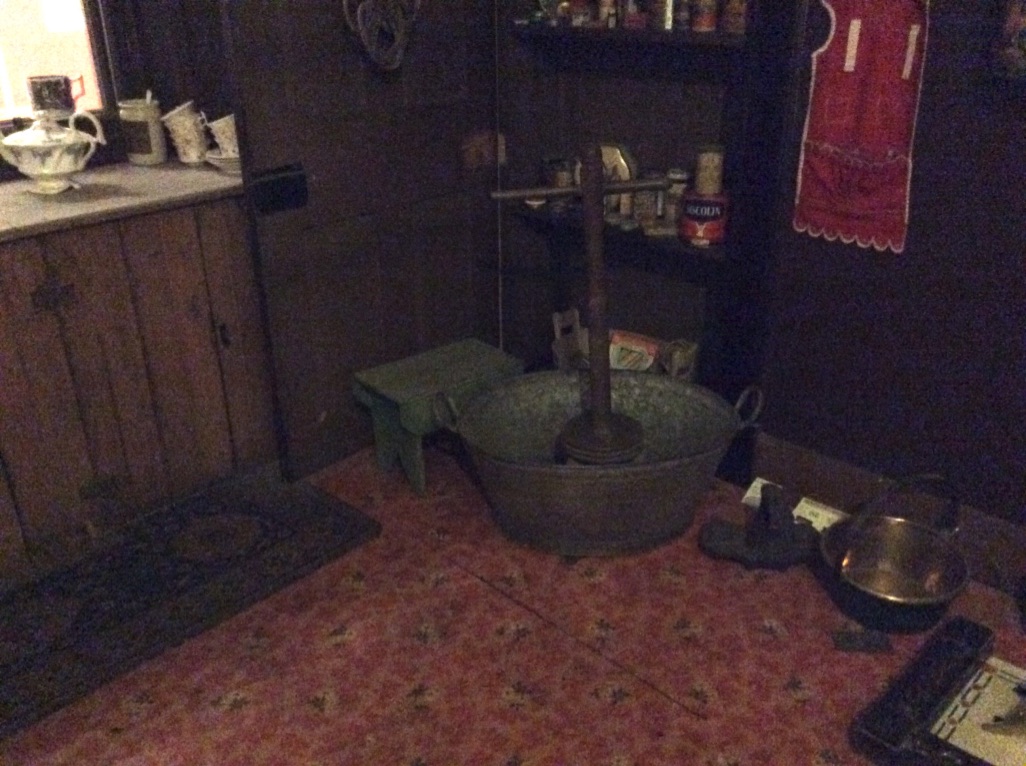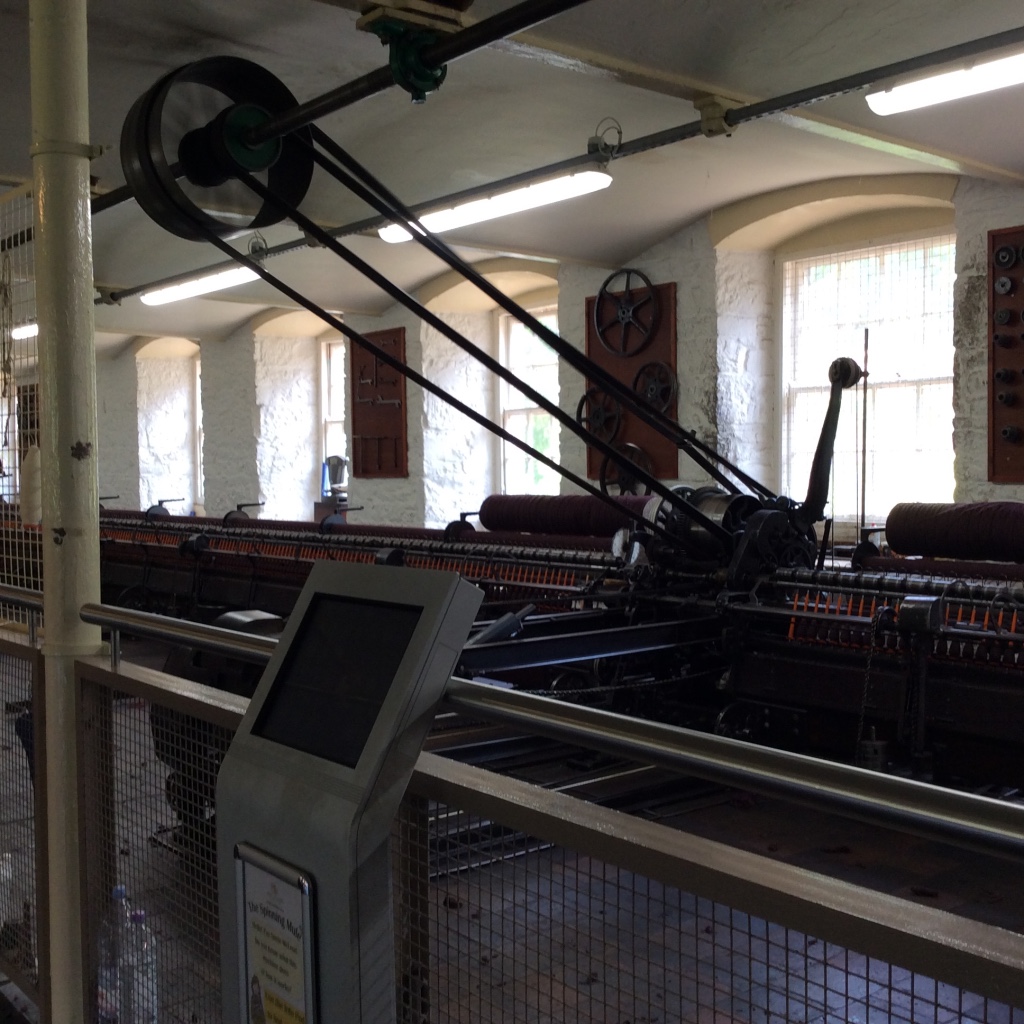The Factory Girl and the Fey will finally come out October 14, one week from today! I am so excited to finally share Jane Thorburn with you.
The journey for this release has been a long one, six years in fact. Jane is loosely based on my great-great grandmother, and bringing her back into the family fold has punched every emotional button. I have done my best to pay tribute to her by creating a story worthy of her. Without her, I wouldn’t be here!
There were times I needed a break. I spent a year away from it nursing health problems. Other times, I struggled with the sense that I was grieving for all those in the family who never knew she existed (I won’t say why here, because it’s a big spoiler). There was also the challenge of taking the sparse facts of her life and turning them into an actual story.
I’m grateful to editors Rosie McCaffrey and Esther White, who helped me stay on track and stuck with me until it was done. I also send a shout-out to Lynne Hansen, who created the perfect cover.
Early reviews have been favorable, with some readers emotionally affected by it in the way I was, and that encourages me.
The most important review came from my mom, who pronounced it my best work yet! Since I wrote it for her, I am satisfied, whatever happens from here on out.
The journey to completion and the self-discovery along the way has made it an important and worthwhile endeavor. I hope you enjoy it, too!





